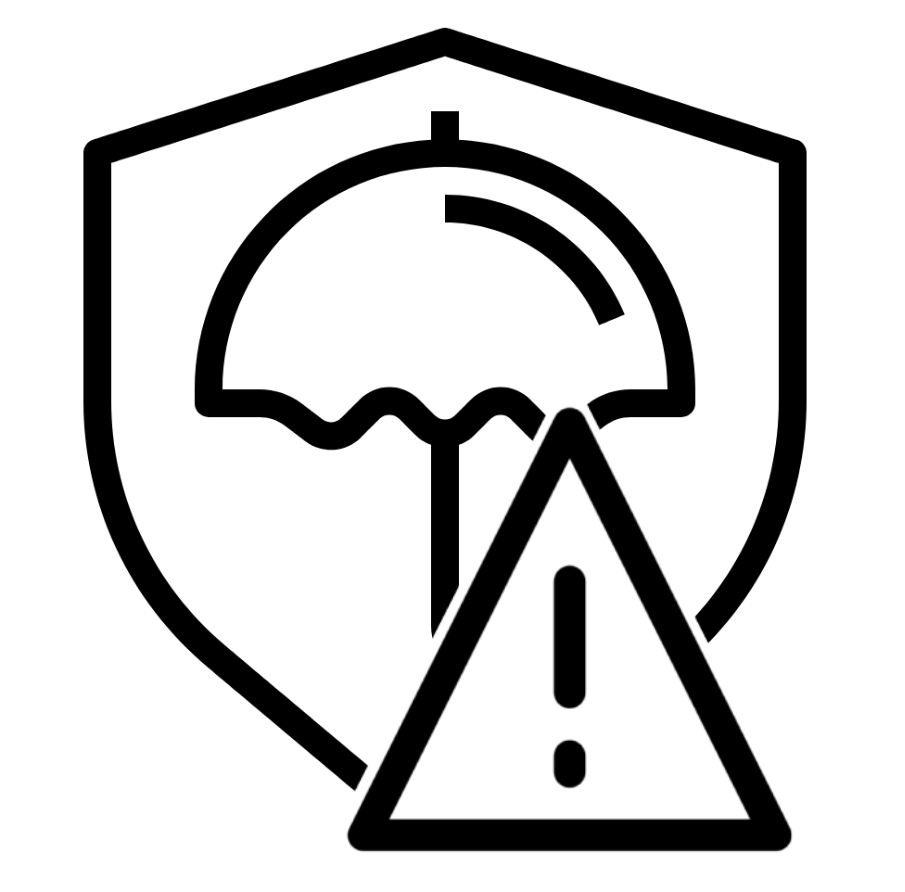
Insuring your home buildings and contents or vehicle for less than the actual value, whether deliberately or genuinely, could result in less premium paid. However, should a loss occur, the reduction in claim pay-out would by far exceed any marginal savings in insurance premium.
In order to avoid being under-insured, always check that you have enough cover when you are renewing your insurance or changing insurers.
You could be underinsured because:
-
It’s hard to estimate what it costs to rebuild a home with its permanent fixtures and fittings; or
-
The insurance policy may have been bought more than three years ago and you may not have updated the level of cover since; or
-
You may have completed renovations which increase the value of your home.
You can also be under-insured for your home contents if you don’t have enough home contents insurance to replace your things, especially jewellery and electronic items. If you are in doubt as to how you should calculate the values to be insured, take advice from experts in the area. An architect could help you arrive to the rebuilding cost of your home, a jeweller could provide you with a valuation of your precious items and a motor surveyor might assist with your vehicle’s market value.
Most people only read their policy and verify the sums insured when they need to make a claim. Unfortunately, by that time, it is often too late. Check your policy now to see how much your insurer will pay and under what circumstances. Also check when your insurer will reject a claim and see that all the sums insured make sense.
A way to insulate yourself from the most serious effects of under-insurance is to purchase a home policy which pays out on a new-for-old basis. This would mean that the insurance company will replace the item which you are claiming for with new ones of the same make and specification. This is however based on the premise that the sum insured reflects the value of the item at the time of loss and there is no deliberate under-insurance.

